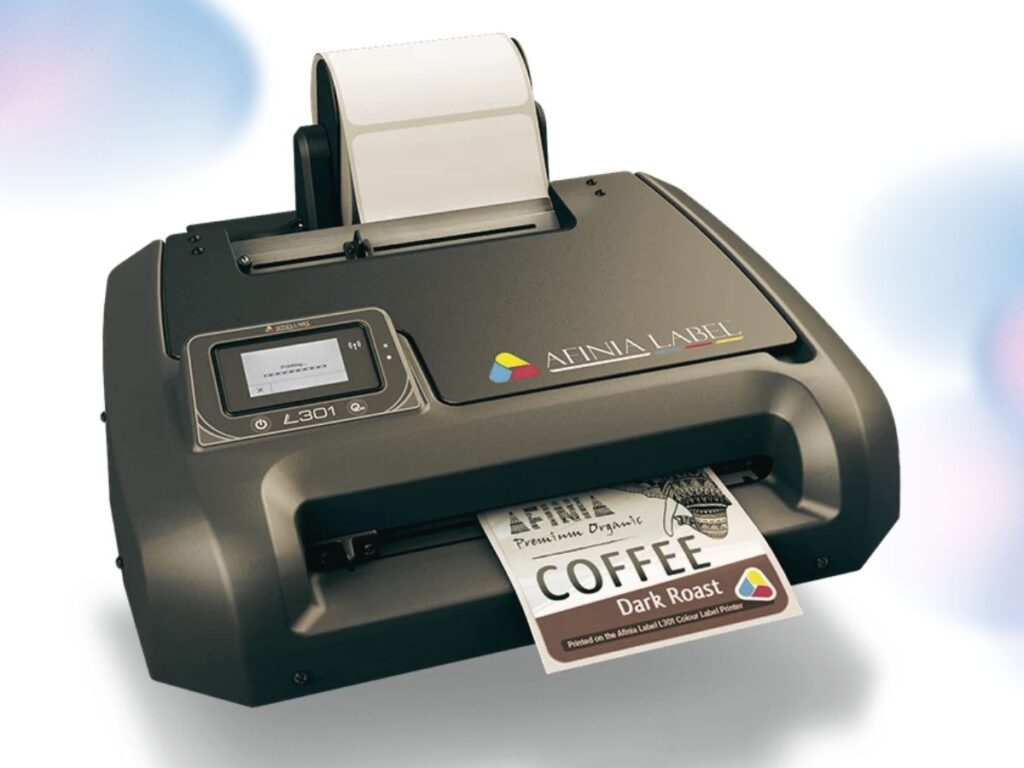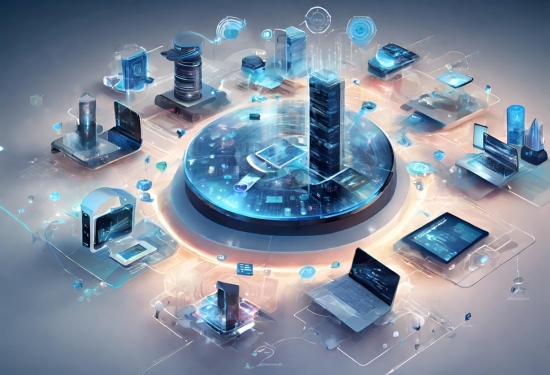Best Label Printers For Small Business: How to Make the Right Choice for Your Operations – TheLifeCents
Is it right to say that label printers for small business owner is a searching tool for their independent company to streamline their tasks and enhance productivity? Label Printers for small businesses are one essential tool that can make your job easy. These condensed devices may seem like a small addition to your office setup, but they profoundly impact your workflow. This article will guide you through the critical considerations for selecting the perfect Label printing machine for your small business operations. Label Printer for Small Businesses For small businesses, label printers have become essential tools in various industries, offering a cheap and efficient solution for printing labels in high demand. From stock administration to shipping logistics, a reliable and best-name printer for independent companies can save time and money. Types of Label Printers Thermal Transfer Printer Thermal transfer printers are ideal for businesses that require long-lasting and durable label printing. These printers use a strip to transfer ink onto the label material, ensuring durability and longevity. Direct Thermal Printer Direct thermal printers are designed for small businesses with moderate printing needs. They utilize heat-sensitive paper to produce high-quality labels without toner or ink cartridges. Industrial vs. Desktop Label Printers Selection between a desktop and an industrial label printer depends on your business scale. Industrial or modern printers are designed for high-volume printing, while desktop or work area printers are appropriate for smaller volumes. Key Features to Consider for Label Printers for Small Business Print Speed and Volume Evaluate your business’s printing demands to determine print velocity and volume capacity. It ensures smooth operations during peak periods. Network Connections Modern label printers offer various connectivity options, including USB, Bluetooth, and Wi-Fi connections. Consider your business’s setup and choose a printer with compatible connectivity options. Label Resolution Label resolution is crucial for achieving sharp and clear prints. Higher resolution ensures that your labels are looking professional and easy to read. Maintain and Extend the Life of Your Label Printer Proper maintenance is vital to maximize the benefits of your label printers for small business. Following actionable tips on cleaning printheads, choosing suitable label materials, and implementing a regular maintenance schedule is essential. Following the guidelines ensures your label printer remains a reliable asset in your business operations. Select the Best Label Printers for Small Businesses Choosing the best label printers for your business involves considering various factors or elements. Compatibility with your existing systems is paramount. Look for printing models that seamlessly integrate with your inventory management software and other business applications. Additionally, check the printing velocity and resolution to ensure it meets the demands of your operations and tasks. Top Brands in the Market Zebra Popular for their innovation and reliability, Zebra label printers are a good choice for businesses of all sizes. Check their range to find a model that fits your business requirements. If you want to learn more about technology, Click here. DYMO DYMO label printers are famous for their versatile and user-friendly model designs. These printers are a better choice for small businesses with diverse labeling needs. Applications of Label Printers for Small Businesses The versatility of label printing machines for small businesses extends beyond simple product labeling operations. Discover how these devices can manage various aspects of your business, from improving inventory management to creating shipping labels. Learn how integrating label printers into your operations can enhance accuracy and save time. Conclusion Selecting a suitable label printer for small business can impact your daily operations. By considering factors of printing machines such as key features, printer type, and brand reputation, you can make an ideal choice that increases the efficiency and productivity of your small business. FAQs 1. Which label printers are used for shipping labels? Absolutely! Label printers for small businesses are commonly used for generating shipping labels, providing a professional and convenient solution. 2. Are Thermal Transfer Printers budget-friendly to operate? Thermal transfer printers may have a higher cost initially, but their costs are lower as they don’t require frequent toner or ink replacements. 3. Can color labels be printed with these printers? Most color label printers for small businesses are monochrome, designed for cost-effective and efficient label production. Different specialized color label printers for small businesses are available if color is essential, but they are expensive. 4. What maintenance is required for Label Printers? Regular cleaning is recommended to maintain optimal performance. Follow the manufacturer’s guidelines and tips for specific maintenance instructions. 5. How do I select between Direct Thermal and Thermal Transfer? Consider your label longevity requirements. If your labels need to withstand environmental factors, thermal transfer printers are the better choice.




